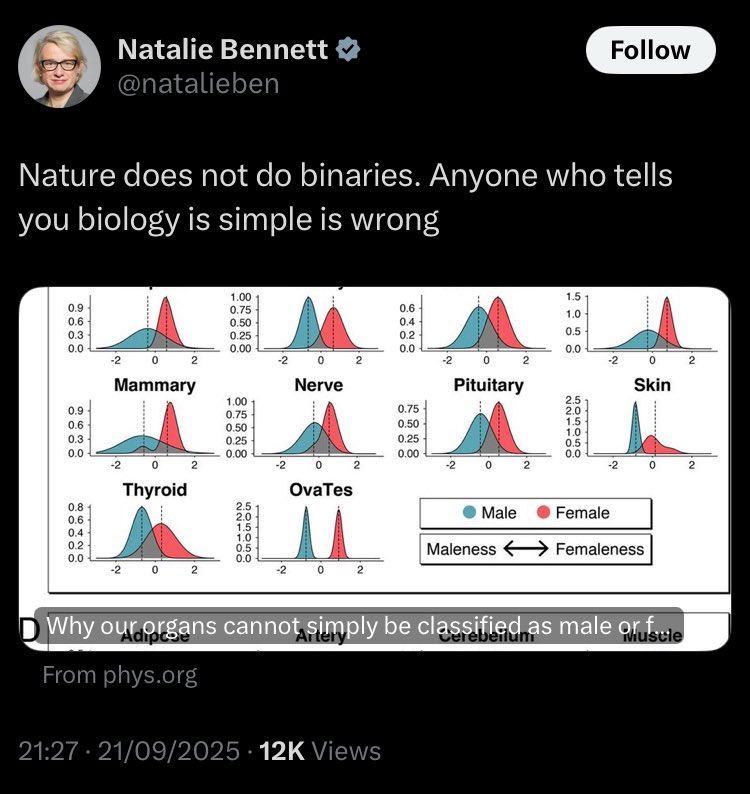Three years ago, the Conservative government launched a consultation on a somewhat esoteric piece of legislation concerning the rights of trans people to alter their birth certificate and legal sex.
The proposed changes included ‘self ID’, a radical departure from the current system of careful assessment and mindful transition for those suffering dysphoria.
Self ID would have allowed acquisition of legal sex based on no more than a sworn declaration. But, in reality, the sworn declaration was lip service.
The proposed changes would have, de facto, removed, or at least critically compromised, protections afforded by equality legislation on the basis of sex.
‘I am a woman’ would become sufficient to permit access to legally-protected female spaces.
Three years ago, women realised this might be a problem. Many had seen it coming for a long time, but the potential impact of these legislative changes raised an army.
Women said ‘No.’
Not just famous women expert in the politics and theory of gender, but women who had gone about their lives without even realising that these protections apply to themselves each and every day.
Not just famous women expert in the politics and theory of gender, but women who had gone about their lives without even realising that these protections apply to themselves each and every day.
Women took to the streets, handed out thousands of leaflets and wrote thousands of letters, raised awareness, lobbied their government representatives, dissected the legal ramifications.
Today, following weeks of leaks and rumours, it seems that Self ID has been scrapped as a mechanism to acquiring the opposite legal sex.
For me, it has been too bitter a fight to evoke much positive emotion.
For me, it has been too bitter a fight to evoke much positive emotion.
The three years of campaigning and lobbying has created a climate among service providers such that ‘I am a woman’ is indeed sufficient to permit access to legally-protected female spaces.
I hope this newly-invigorated movement of women, connected in ways unimaginable a few years ago, can stay the course to ensure equality legislation is not only secured but reinforced.
The prison service has reviewed its position on the transfer of transwomen to the female estate. Sporting federations are beginning to revisit their regulations for the female category.
Sex shouldn’t matter half as much as it does, but there are, in my opinion, a small number of situations where it will always matter, and where female protections are necessary.
Let’s see this through.
Let’s see this through.
• • •
Missing some Tweet in this thread? You can try to
force a refresh







